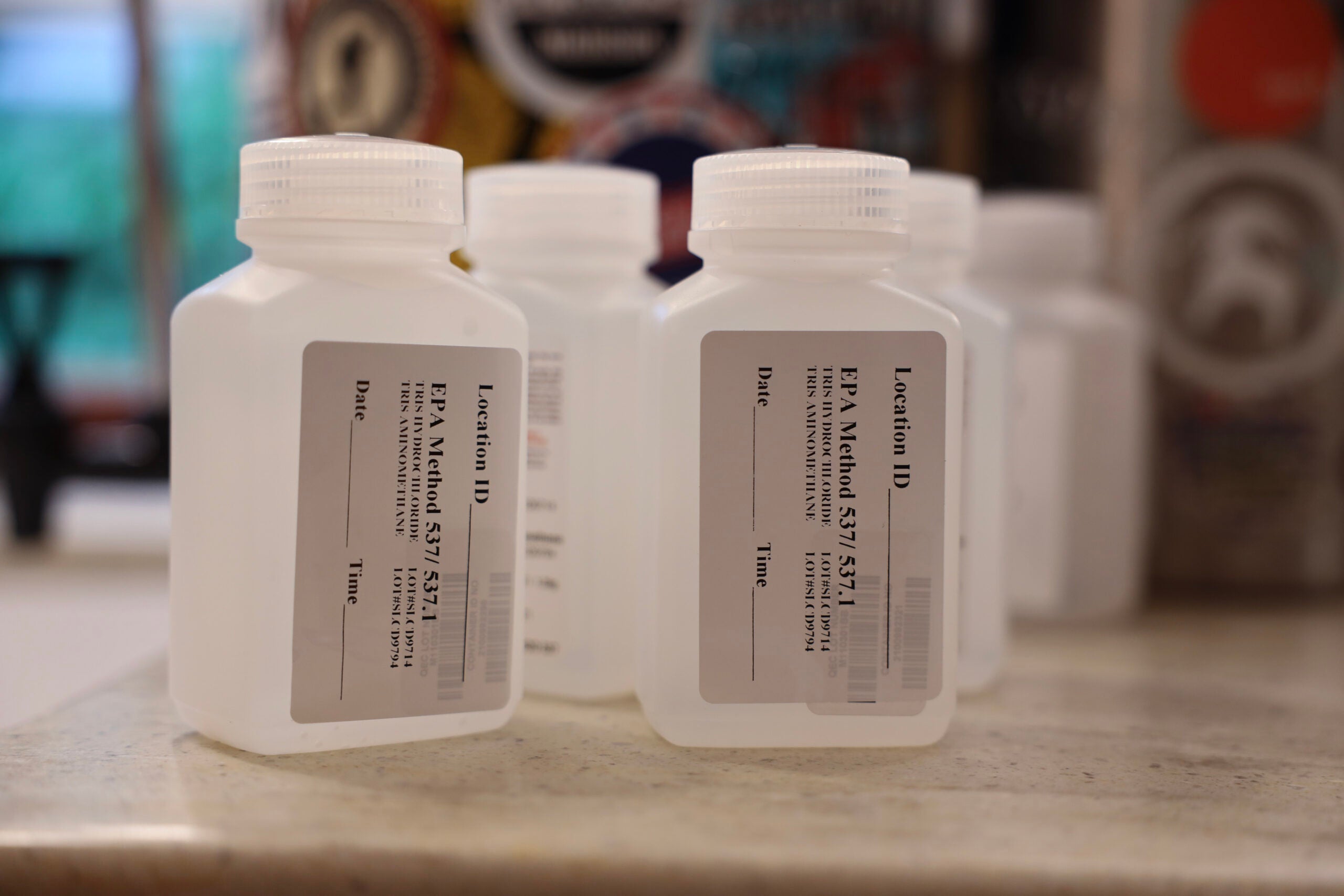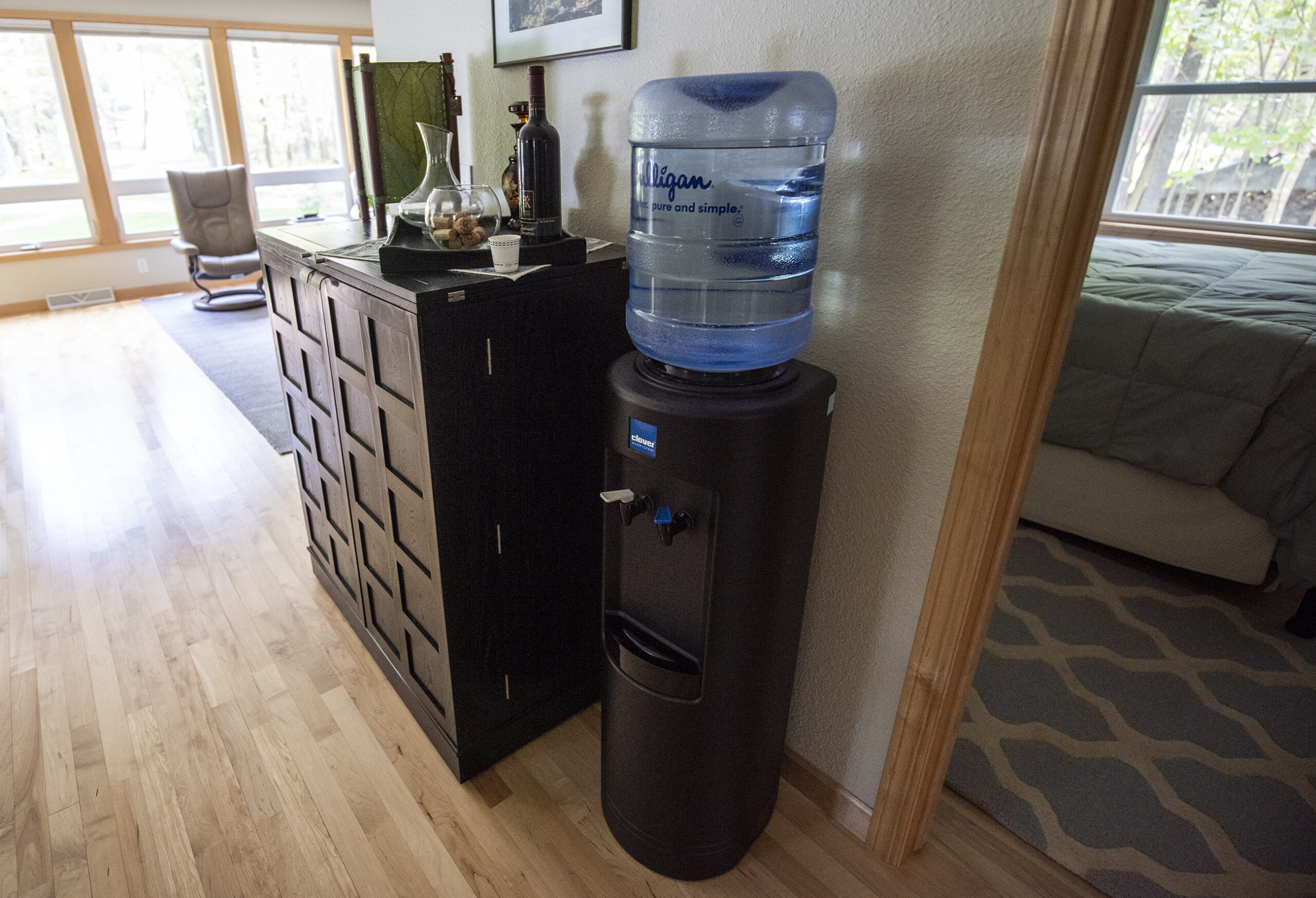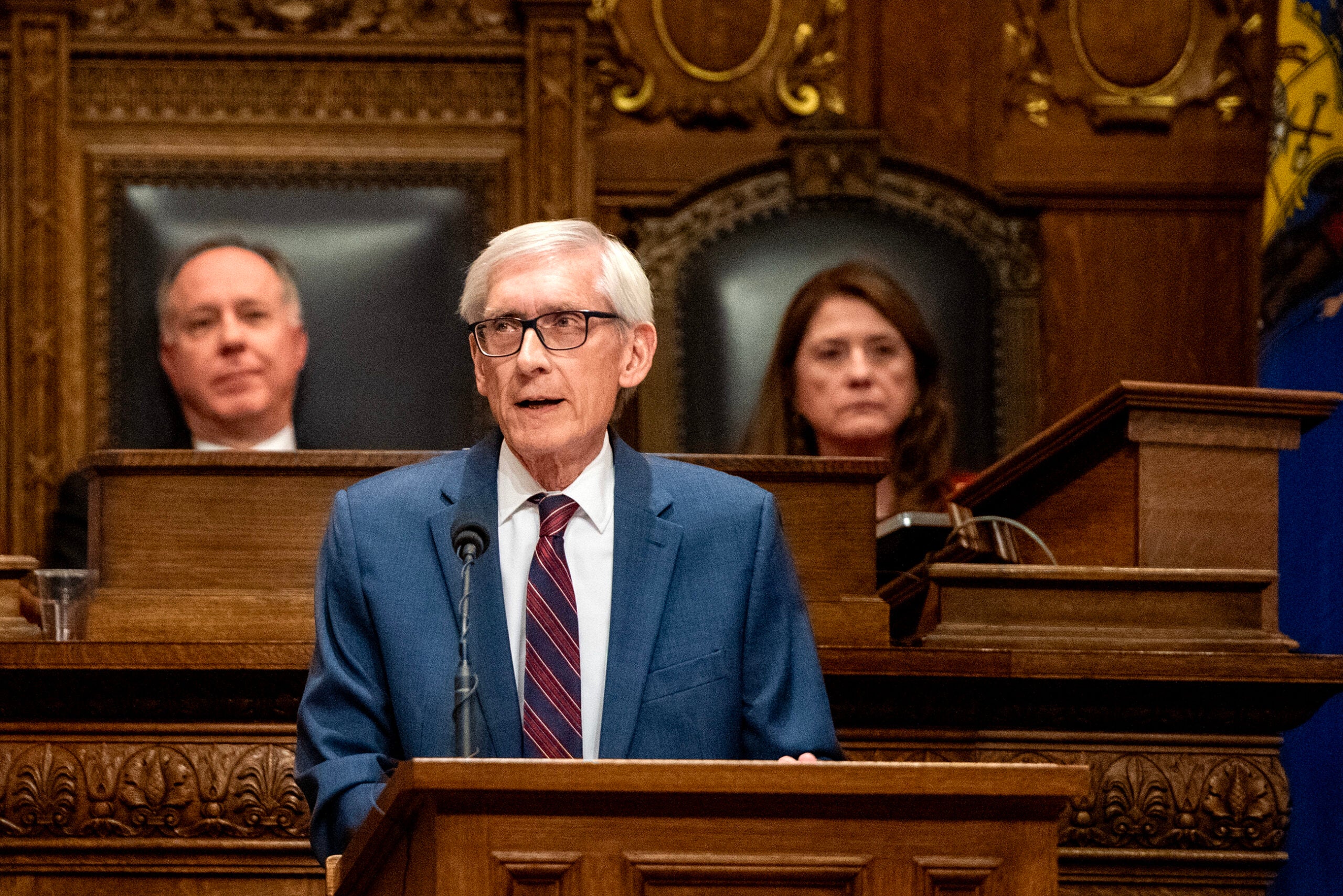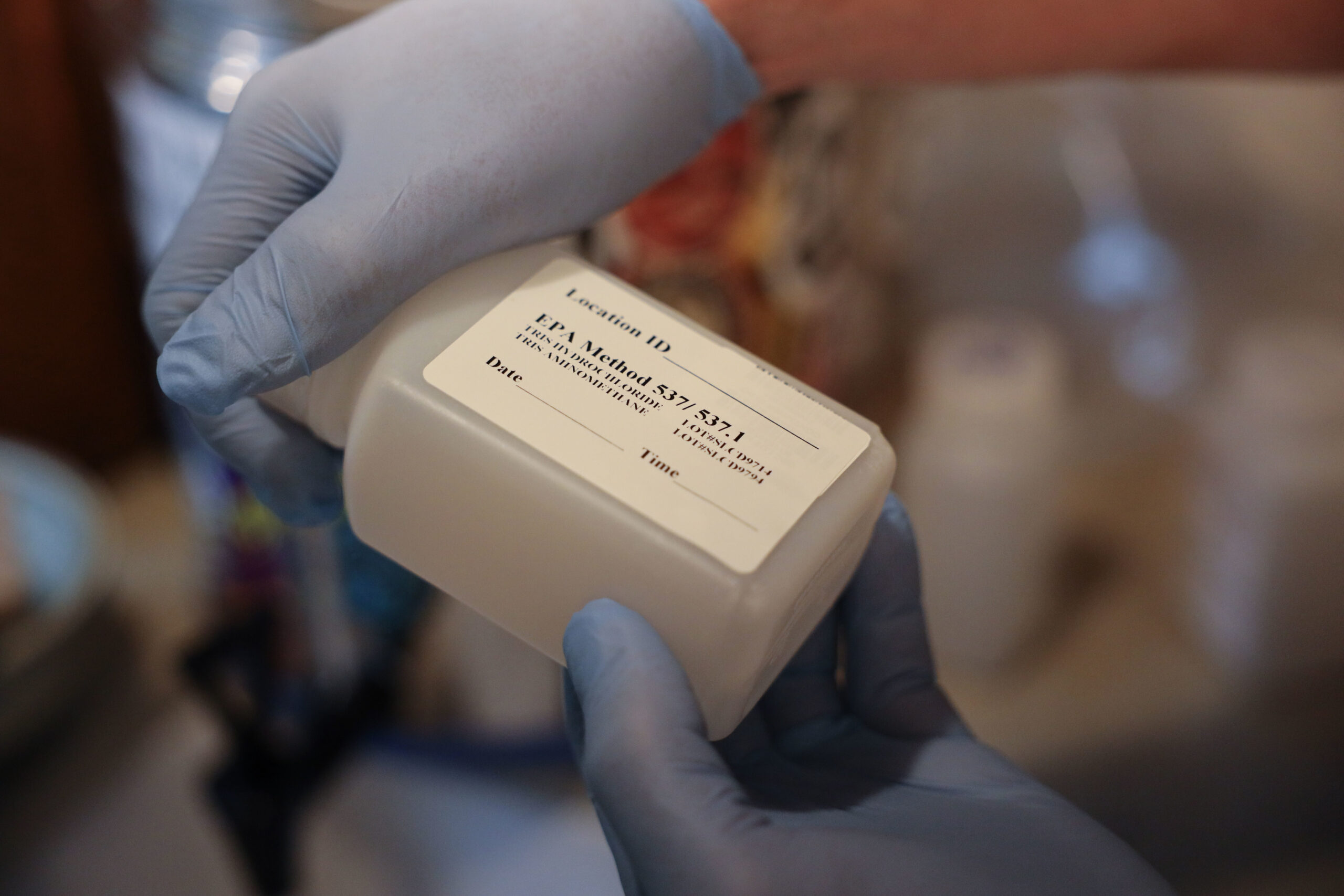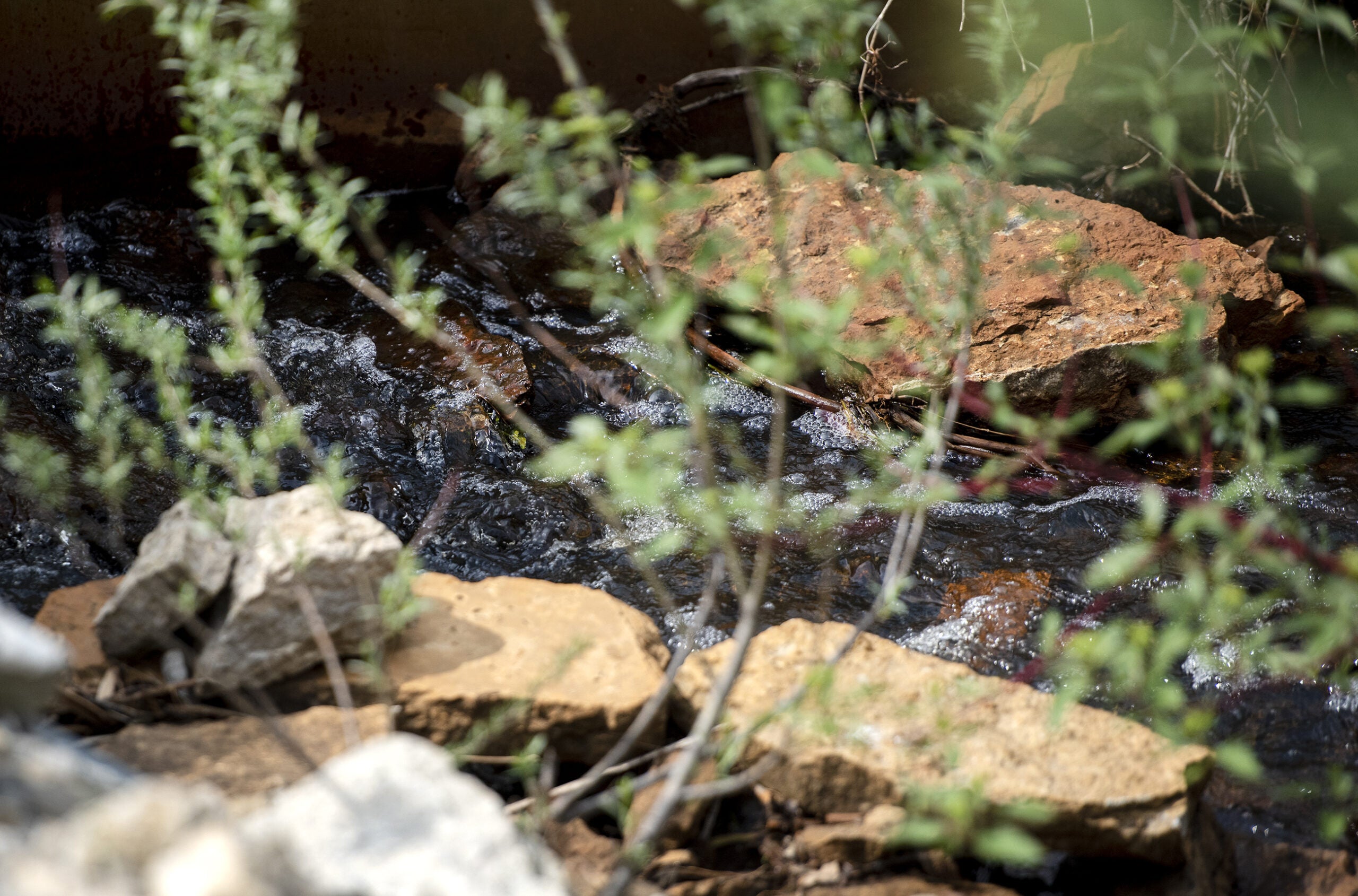Dane County residents who use private wells may be eligible for free PFAS water testing.
The county will fund water tests for people who live outside the city of Madison whose income is about 80 percent of the federal median. For a family of four, that means an income of less than about $95,000 per year. (Income eligibility guidelines are available here.)
The health department, Public Health Madison and Dane County, will pay for home testing through Pace Analytical Services. The department anticipates the service will be available through June 2024, though that estimate depends on demand and available funding.
Stay informed on the latest news
Sign up for WPR’s email newsletter.
“It seems like the more people are looking for (PFAS contamination), the more people are finding it,” said John Hausbeck, environmental health supervisor for Public Health Madison and Dane County.
As a result, the department wants to ensure families and individuals who cannot easily afford the $400 to $500 testing costs can have access to information about their own wells.
PFAS, sometimes known as “forever chemicals,” are a class of synthetic chemicals widely used in household products and industrial applications. Exposure to high levels of the chemicals over time can lead to kidney and testicular cancers, fertility issues, thyroid disease and reduced response to vaccines. The term PFAS is short for per- and polyfluoroalkyl substances.
In Dane County, contaminated waters have been found around the airport and an Air National Guard training site used to train firefighters. Firefighting foam has been found to be high in PFAS.
Unfortunately, Hausbeck said, the chemicals don’t stay in one place.
“We’ve found that that contamination has moved,” he said. “It’s gotten into groundwater, it’s gotten into surface water, such that we’re seeing PFAS levels in fish down the chain of lakes from Monona downstream.”
Madison found elevated PFAS levels in one of its wells in 2017 and shut down that well two years later. The city’s water supply does not have elevated PFAS levels. That’s why the new initiative focuses on those in the region who rely on private wells.
If residents are found to have PFAS-contaminated wells, Hausbeck said the department will help them apply for grants available through the state Department of Natural Resources to help them pay for remediation efforts. In the short term, they can get PFAS-filtering pitchers for drinking water and water used in cooking. PFAS needs to be ingested to cause harm.
In recent years, testing has revealed widespread PFAS contamination of water across the state, including some places with extremely high levels of contamination. In northeast Wisconsin, residents of the town of Peshtigo who live near a firefighting training facility have spent years seeking alternative water sources. Residents of French Island near La Crosse have also faced yearslong efforts to remediate their water supply. Last year, all of Wausau’s municipal wells were found to be contaminated; a new water treatment facility opened there in January.
And just this month, residents in the town of Stella filed a lawsuit against the Minnesota-based manufacturer 3M and a Rhinelander paper mill over waste spread on farmland.
Scientists and policymakers have had an evolving sense of the level of PFAS contamination that should be a concern to people. Earlier this year, the federal Environmental Protection Agency proposed new standards that would cap PFAS levels at 4 parts per trillion. That’s a dramatically lower standard than the 70 parts per trillion standard Wisconsin’s Natural Resources Board approved in 2022 and reflects newer scientific research around the potential long-term harms of the chemicals.
This month, the Wisconsin Department of Natural Resources announced all 800 public water systems tested in the state met the state standard, but about 4 percent of those would not meet the EPA’s proposed standard.
Dane County residents interested in applying for PFAS testing can find more information here.
Wisconsin Public Radio, © Copyright 2025, Board of Regents of the University of Wisconsin System and Wisconsin Educational Communications Board.
